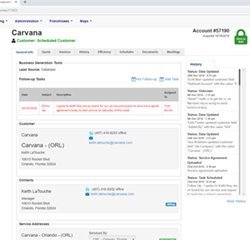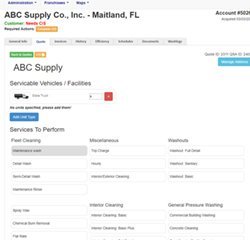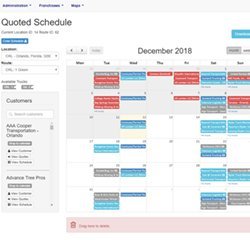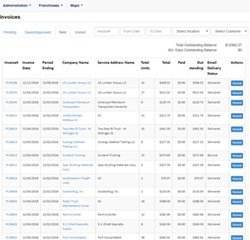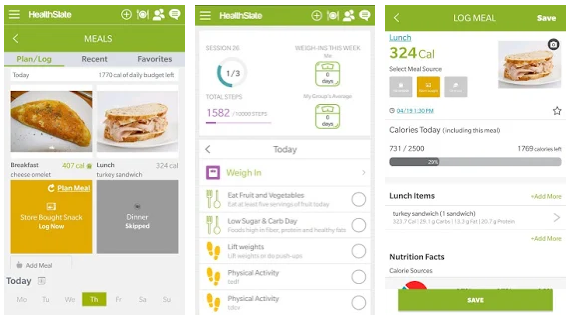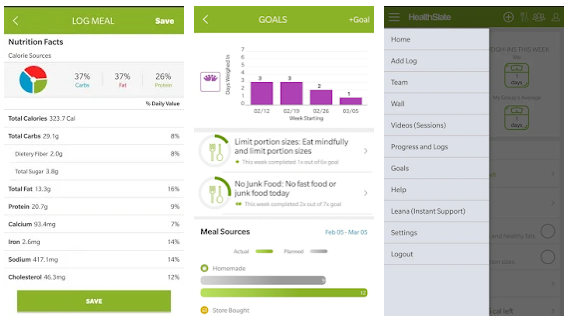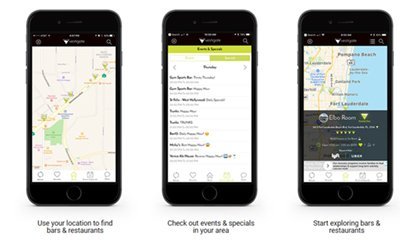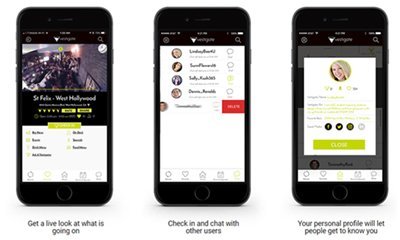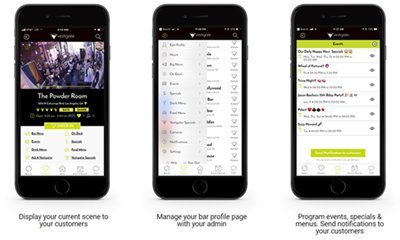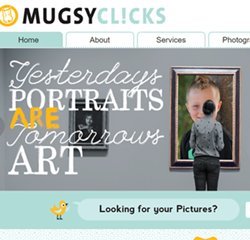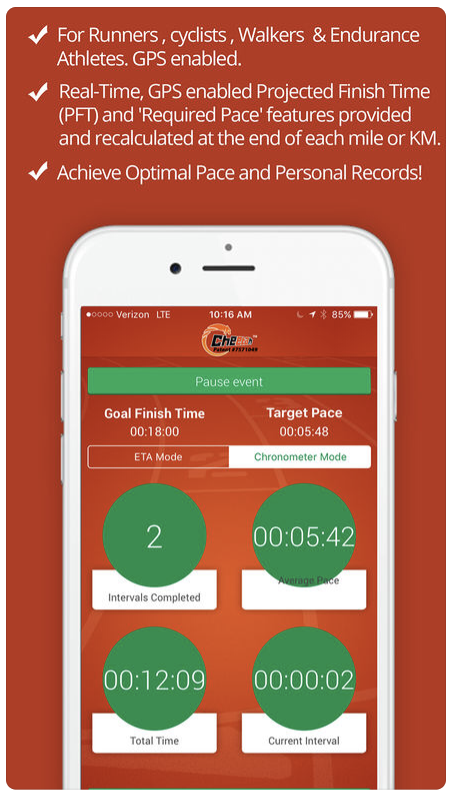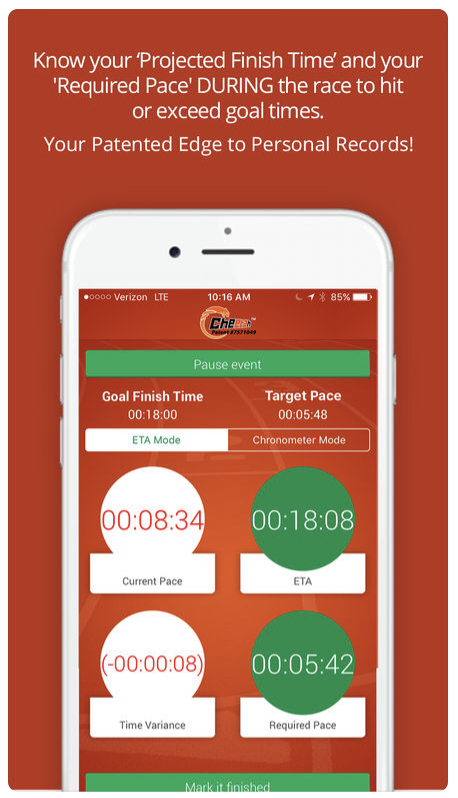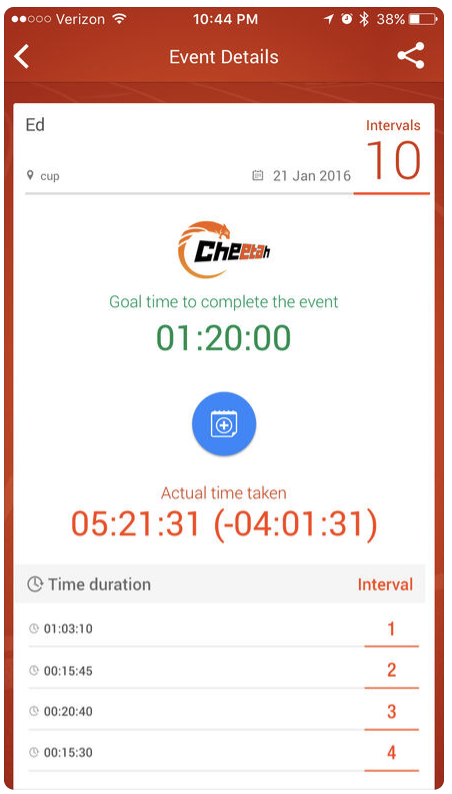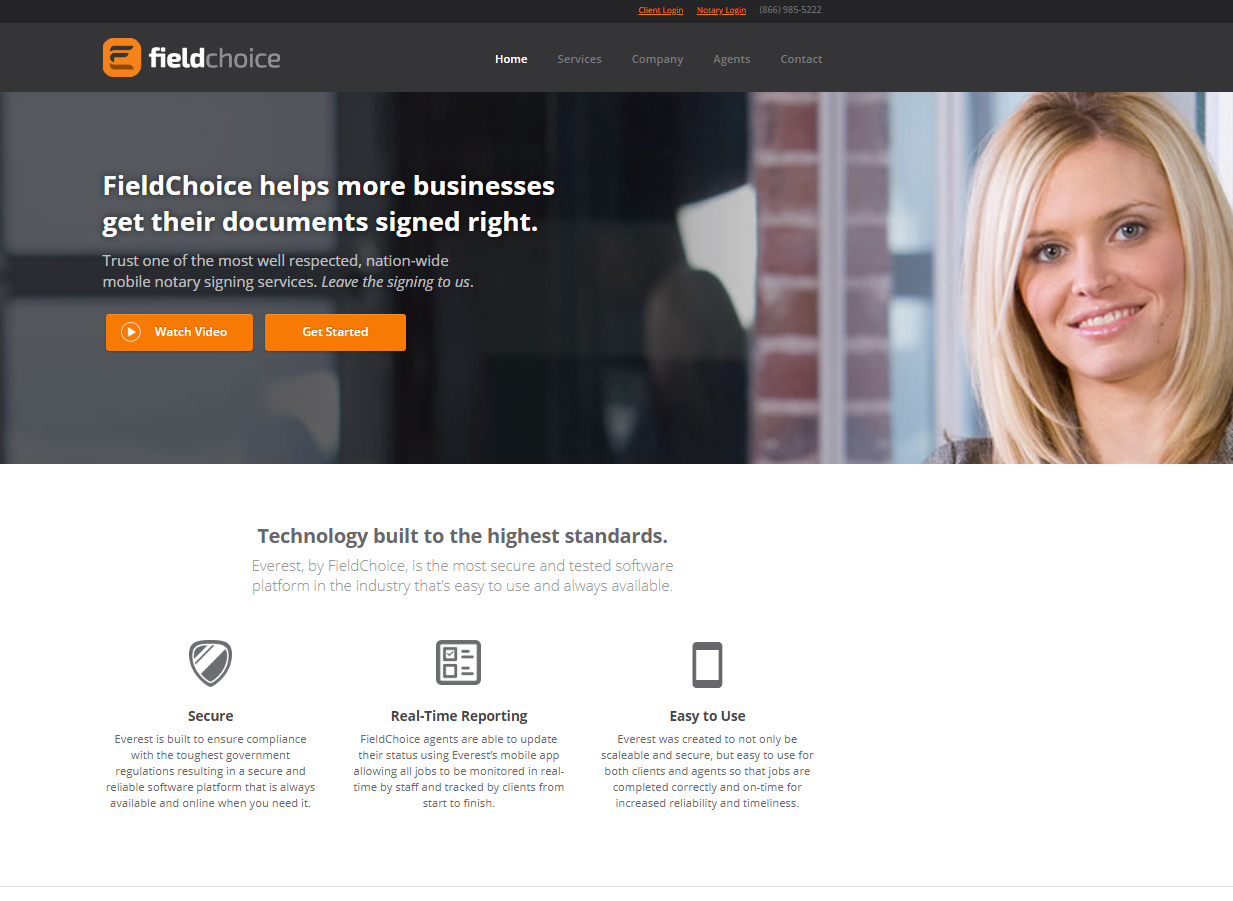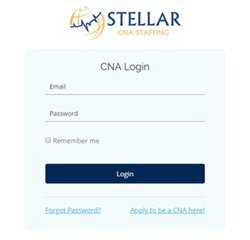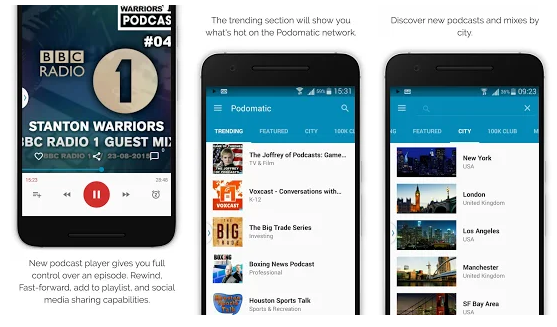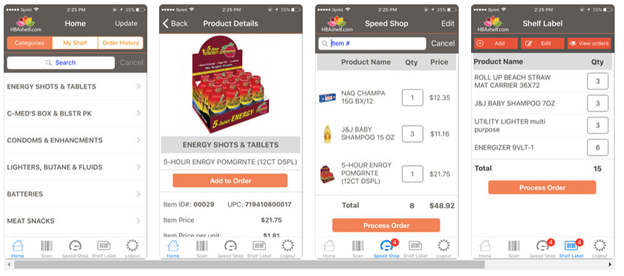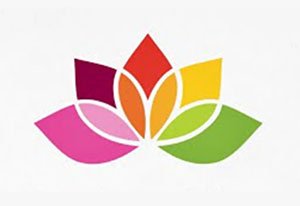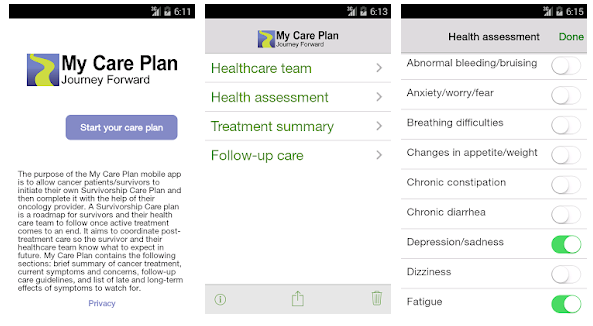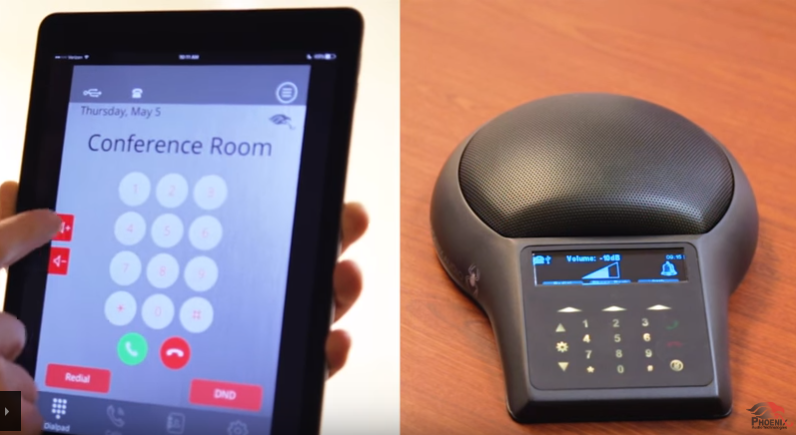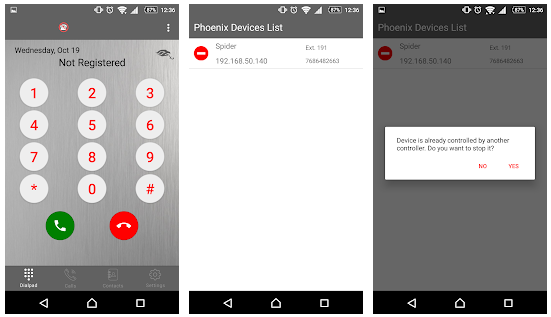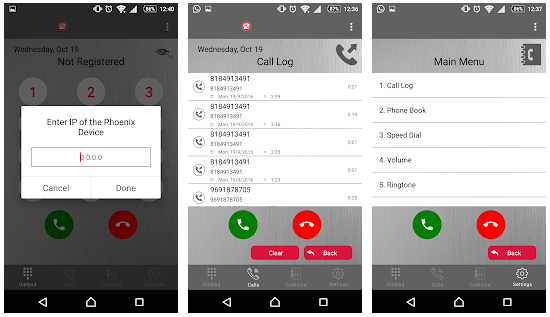There is a lot more to developing software applications than coding and programming. The user interface (UI) and the overall user experience (UX) are two very important aspects of software applications and websites that sometimes go un-thought-of. Creating an easy-to-use interface and giving the user what they want are crucial parts of the software and application development process.
If your users don’t like to use your software or mobile app because it is not intuitive, they simply won’t use it. If they are not getting out of it what they expect, they’ll turn elsewhere.
This goes for your employees that are using your production software as well as your customers and clients. Therefore, it is crucial that thought, time and effort gets put into the planning and design phases of building an application or website.
What is the difference between UX design and UI design?
If you ask ten different people the question, “what is the difference between UX and UI?”, you’re likely to get ten different answers. That is because they are very closely related and even overlap.
UX design is the broader of the two terms. What goes into UX design is the planning of the entire user experience from before the user is brought to the application to after they have left it. It includes the conceptualization of what the software or application is and does.
UI design is the on-screen user interface. It involves planning the layout, graphic elements and flow of the software.
The easiest way to understand the difference between UI and UX is encapsulated in this quote from design expert Helga Moreno, “Something that looks great but is difficult to use is exemplary of great UI and poor UX. While Something very usable that looks terrible is exemplary of great UX and poor UI.”
What Is Included in UX Design
As stated UX design is the conceptualization of the overall user experience. It goes beyond what is seen on the screen and the controls used to drive the product; it includes satisfying the user’s overall expectation and the results they will achieve by using it. It includes:
- Planning & Research: A UX Designer will conduct research with potential users to learn what they need and expect. This can be in the form of interviews, surveysor observation. The goal is to create a persona that embodies the intended audience and create a customer journey map.
- Mockups, Wireframes & Prototypes: Mockups, wireframes and prototypes are created using the customer journey map which is created during the planning and research phase.




What Is Included in UI Design
UI design, is one very important aspect of UX. It is a sub-set of the overall user experience. UI is the creation of the Graphical User Interface (GUI) that drives the software application. In includes the overall look and feel of the product as well as the intricate details that go into it such as graphic design, animations, and placement and even overall flow.




- Visual/Artistic Design: Company branding and the overall look and feel of the user interface is the first element of UI design.
- Layout and Placement: How a software product or website is laid-out and where items are placed on the screen are important psychological factors and an important element of UI design.
- Interactivity: Creating ways to engage the user through interactivity and giving the user feedback as they use the product are important elements to the software’s usability.
- Flow: The path the user takes through the process is in part the job of the UX designer, it is also one of the responsibilities of the UI designer.
- Controls: Easy-to-use input controls are a large part of the user interface. How a user enters things like dates, telephone numbers, addresses, etc. can really affect the usability of the software application or website.
In conclusion, while UX design and UI design are very closely related and actually overlap, there is a difference. Both are very important when developing a website, software application, or mobile application to ensure user satisfaction.



